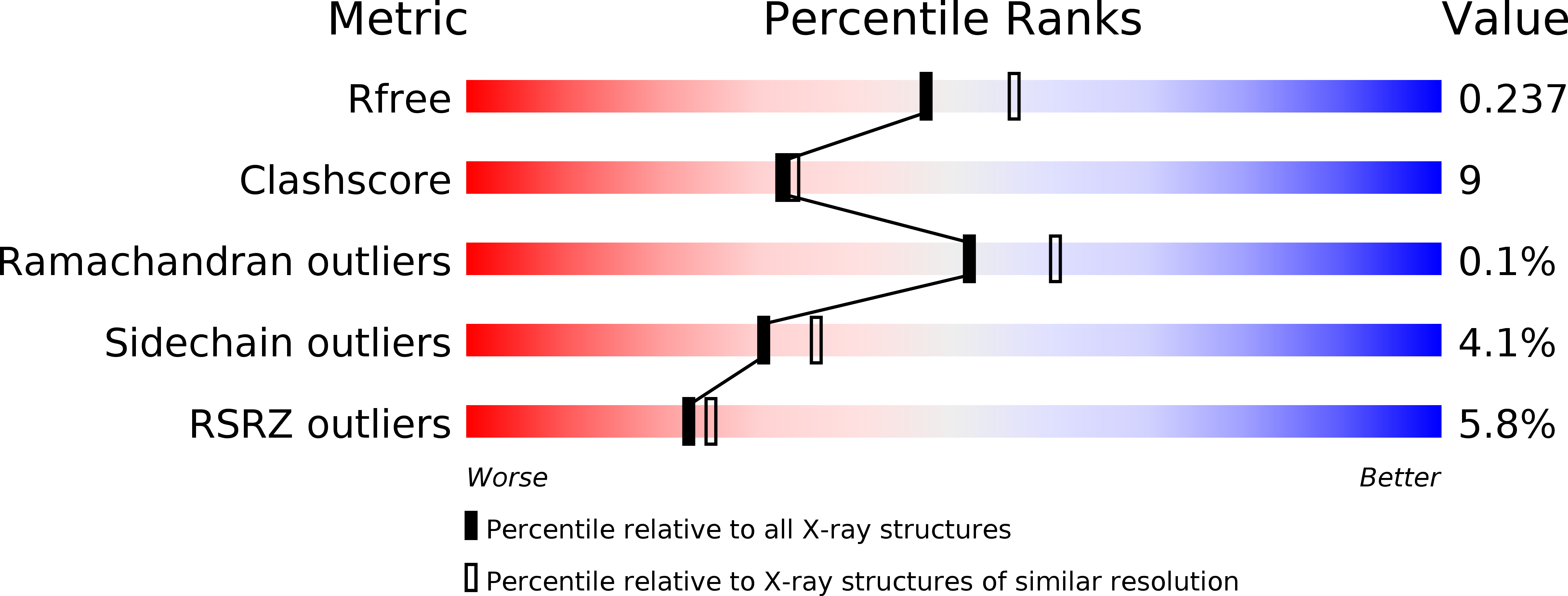
Deposition Date
2011-11-20
Release Date
2012-02-08
Last Version Date
2023-09-13
Entry Detail
PDB ID:
3UQC
Keywords:
Title:
Structure of the Intracellular Kinase Homology Domain of Rv3910 at 2.2 A resolution
Biological Source:
Source Organism:
Mycobacterium tuberculosis (Taxon ID: 1773)
Host Organism:
Method Details:
Experimental Method:
Resolution:
2.26 Å
R-Value Free:
0.24
R-Value Work:
0.19
R-Value Observed:
0.20
Space Group:
P 1 21 1


